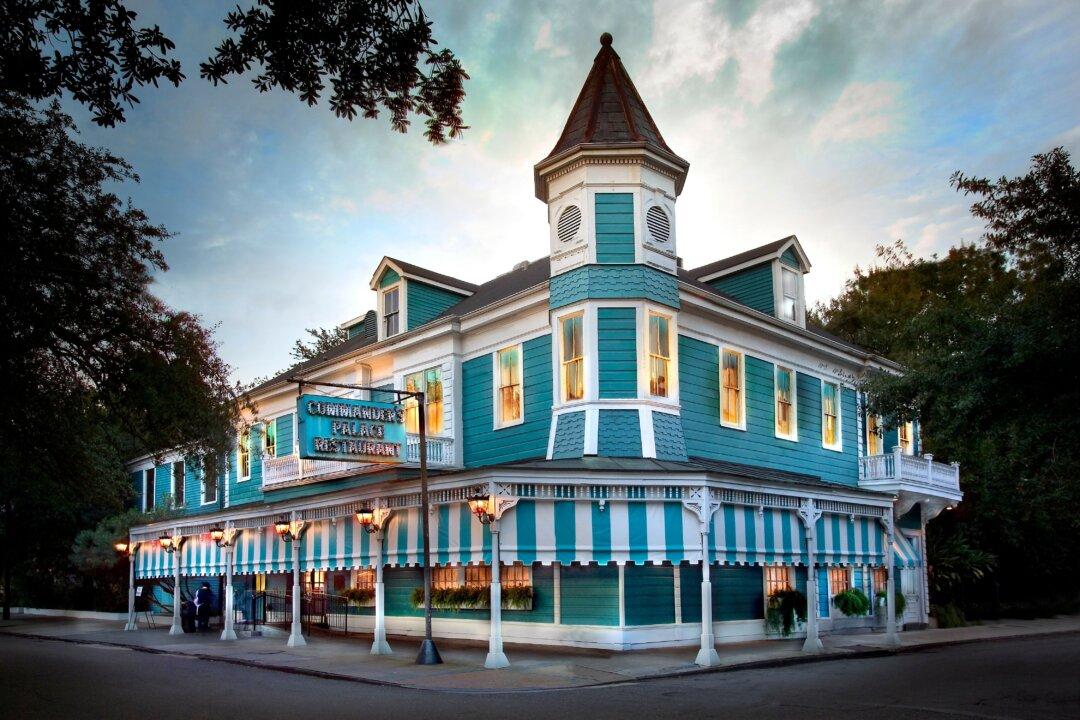When choosing rosé wine, many people erroneously assume that the paler the color, the better the quality. Another common misperception is that rosés tend to be sweet rather than dry.
However, excellent rosés come in many shades—from beige-pink to blush to garnet—across the spectrum of dry to sweet. In fact, some of the world’s most gastronomic rosés are darker in color and fuller bodied, with more depth and structure, ideal for pairing with different foods.





